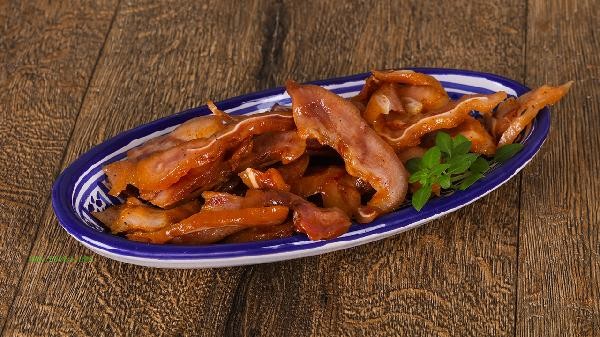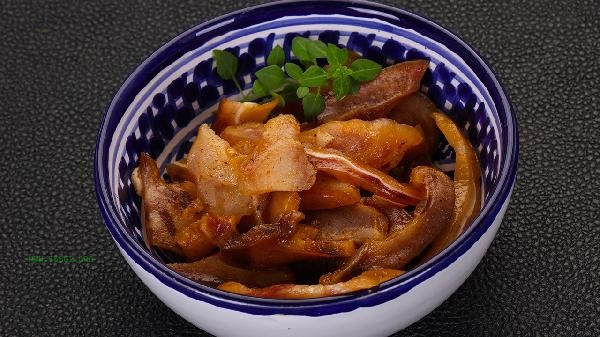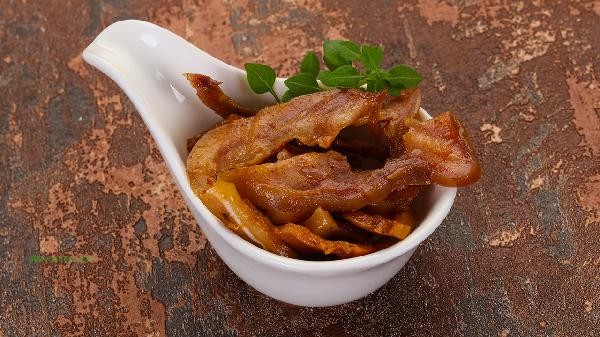Steaming, stir frying, and microwave heating are cooking methods that minimize nutrient loss. They mainly retain water-soluble vitamins, reduce high-temperature damage, shorten heating time, avoid oil oxidation, and maintain the original state of food.

1. Steaming
Steaming uses water vapor to transfer heat, with a stable temperature of around 100 degrees Celsius, which can maximize the retention of water-soluble vitamins and minerals in food. The proportion of vitamin C and B vitamins in vegetables dissolved in the soup during steaming is relatively low. It is recommended to control the steaming time at 5-8 minutes. Steaming and cooking high-quality protein rich ingredients such as fish and eggs can avoid excessive protein denaturation while maintaining tender meat quality.
2. Quick Frying
Quick stir frying over high heat can shorten the heating time of ingredients. Leafy vegetables can be stir fried for 1-2 minutes before being served, effectively reducing the loss of heat sensitive nutrients. Using a small amount of vegetable oil for quick frying can help absorb fat soluble vitamins, but it is important to avoid harmful substances produced when the oil temperature exceeds 180 degrees. During the frying process, a small amount of vinegar or lemon juice can be added to help stabilize vitamin C in vegetables.
3. Microwave heating
Microwaves generate heat through internal molecular friction of food, heating evenly and quickly, especially suitable for cooking vegetables such as broccoli and carrots. Research has shown that vegetables treated with microwave for 3-5 minutes have a vitamin C retention rate of over 80%. When using a microwave oven, heat-resistant glass containers should be selected to avoid the use of plastic containers that may cause harmful substances to seep out.

4. Low temperature slow cooking
Placing ingredients in water at 60-80 degrees Celsius for a long time and cooking at low temperature can maintain the integrity of cell structure and reduce juice loss. This method is suitable for processing meat and other ingredients rich in muscle fiber protein, which can convert collagen into gelatin while retaining most of the B vitamins. When cooking salmon and other seafood at low temperatures, the oxidative loss of omega-3 fatty acids can be reduced by more than half.
5. Raw food processing
Some vegetables and fruits are washed and eaten raw directly, which can completely avoid the loss of heat sensitive nutrients. Vegetables with high water content such as cucumbers and lettuce are suitable for cold mixing, while ingredients rich in vitamin C such as tomatoes and bell peppers are recommended to be sliced and consumed immediately. Raw food should be thoroughly cleaned to remove pesticide residues, and those with gastrointestinal allergies should control their intake of raw and cold food.

Choosing suitable cookware can further enhance nutrient retention, and it is recommended to use cookware made of stainless steel, ceramic, or glass materials. Proper pre-treatment of ingredients before cooking, such as washing vegetables before cutting, removing visible fat from meat, etc. Root vegetables are recommended to be cooked with the skin on, and then peeled before consumption to reduce nutrient loss. Different ingredients are cooked in combination, such as steaming first and then mixing, quick stir frying and thickening, which can ensure both taste and nutrition. Regularly changing the type of cooking oil and controlling the total amount of edible oil to 25-30 grams per day can help balance the intake of various fatty acids.








Comments (0)
Leave a Comment
No comments yet
Be the first to share your thoughts!